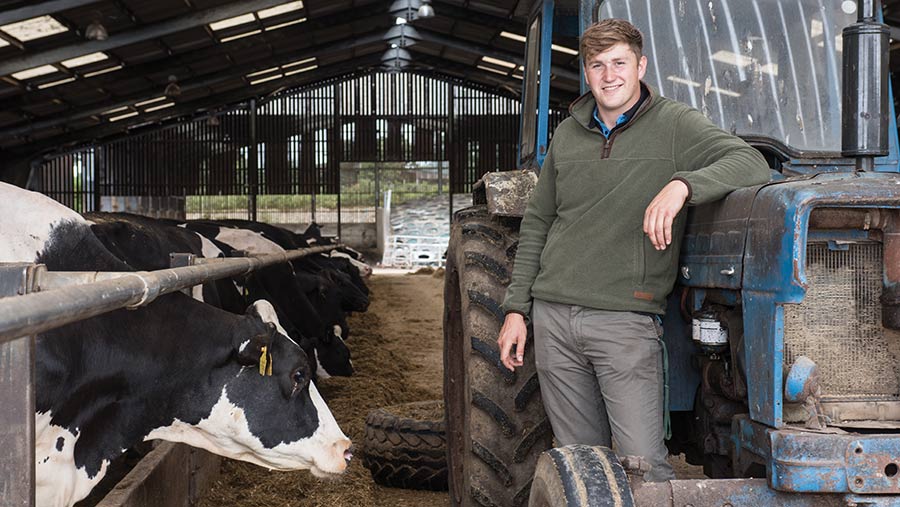Farmer Focus: Poor spring cropping prompts rotation shake-up
 © Hugh Nutt
© Hugh Nutt Like most farms, we are in need of rain. Recent thunderstorms seem to have been a lucky dip, as we received only 1mm. This year (as usual) seems to be a year of extremes.
It has been particularly evident in both our silage and grazing grassland.
A month ago, the grass was growing so quickly we did not have enough animals to eat it and hence took a lot for silage.
See also: Why one landowner is opting for a biodiversity net gain scheme
Today the grass has almost stopped growing and animals will have to be brought back inside if it does not pick up soon.
Thankfully, the maize established and did not need rain to get going, as there was enough moisture retained in the soil.
I’m hoping the strip-tilled seed-bed will provide enough depth under the plants to allow them to root well and reach moisture.
Better seed-beds on the lighter chalky land are struggling far more than the heavier clay soils where the seed-bed was more cloddy.
We are currently in the process of setting our cropping for next year, and a poor-looking spring barley crop has prompted a change of tactics.
I am conscious of making a knee-jerk reaction and am keen on the benefits of spring cropping.
However, the unreliability of spring barley on heavier land is too much, so we are looking to introduce winter oats into the rotation to take the place of second wheats and some spring barley.
Spring cropping is a useful cultural control in our rotation, and allows us to establish a cover crop or apply muck before drilling.
However, the risk of poor establishment due to unreliable weather windows is a big challenge.
The benefits can be quickly undone with a patchy, uncompetitive crop, or poor soil conditions that require greater disturbance and are at more risk of waterlogging or baking out.
The main challenge going forward will be weed control, especially blackgrass. The maize in the rotation should give us a sufficient opportunity for control.


